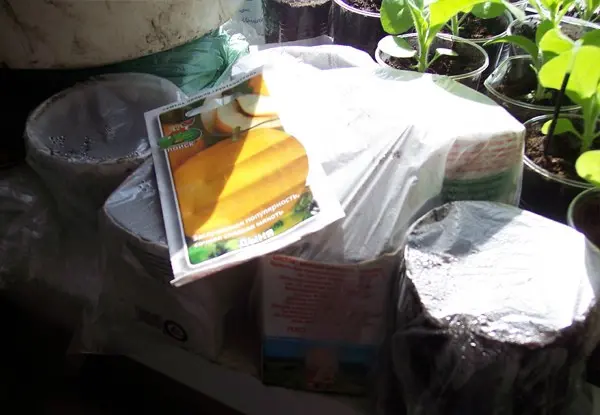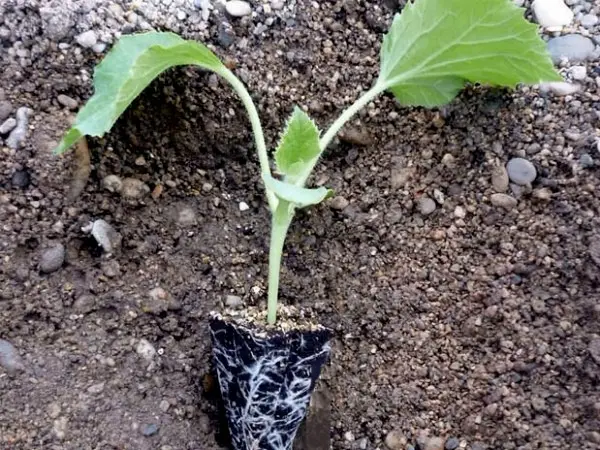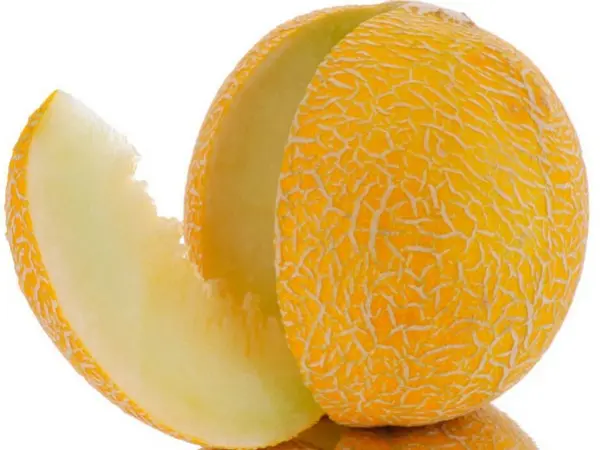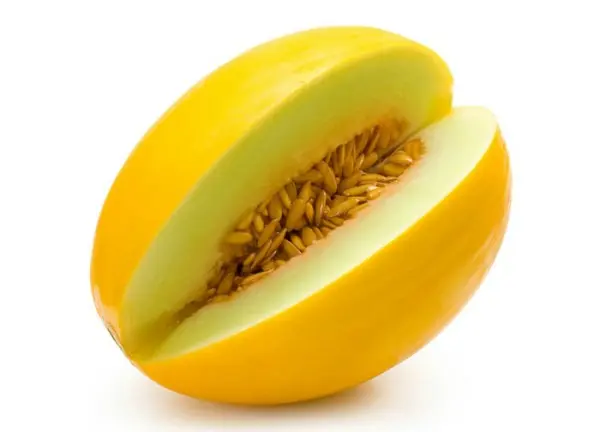The further north the garden plots stretch, the less likely it is to get at least a meager harvest of southern crops. The harsh climate does not spare heat-loving plants, forcing gardeners to build greenhouses and greenhouses to protect their plantings. Breeders come to the rescue, who tirelessly develop new varieties of plants that are more resistant to low temperatures. In this article, we will discuss the burning question – how to grow a melon in the changeable Siberian climate, and also talk about what a Siberian honey melon is.
Features of growing melons in Siberia
Due to the fact that most varieties are simply not intended for growing in cold regions, you have to carefully approach the preparation of the site and the plants themselves at the seed stage.

First, the seeds must be hardened and pickled. Dressing is done by simply soaking the seeds of the selected variety in a weak solution of potassium permanganate for 20 minutes. The seeds are hardened after soaking, for example, in a solution of potassium permanganate. The swollen seeds are wrapped in gauze and placed in the refrigerator, so that for the next 2 days they are cooled at a temperature of no more than +3 degrees. After that, they are dipped in hot water for several minutes (the temperature should not exceed +50 degrees) and again sent to the refrigerator for 2 days.
Seed treatment promotes the formation of a large number of female flowers, as well as early fruit set.
Secondly, in Siberia, melon cultivation occurs only from seedlings. To do this, the seeds are planted in paper cups filled with moistened humus, turf and peat in equal proportions. 3-2 seeds are placed at a depth of 3 cm, and sprinkled with dry earth on top to retain moisture longer. When shoots appear, they are thinned out, removing weak shoots. Seedlings of any variety require a certain temperature regime for rapid growth: the night temperature should be at least +15-16 degrees, and the daytime temperature should not be lower than +20 degrees. It takes about 30 days to grow seedlings, so you need to plant in early May.
In open ground, seedlings are placed in early June, when the air temperature is quite high. The wells are placed at a distance of 80 cm from each other. When planting, try not to damage the roots of the seedlings. In order for it to take root better, create a shadow for the first few days.

Growing any variety of melon requires regular loosening of the soil between the rows and watering. It is important not to touch the root system of the melon and not to pour water on the leaves and stems. It is also necessary from time to time to stepson the plant over 5 real leaves on the main stem. The same procedure is done with side shoots, reducing the number of ovaries.
You can not do without dressings, their melons need 2-3 to significantly speed up the growing season and have time to harvest before the air temperature drops. They are carried out every two and a half weeks, using phosphorus, potassium and calcium.
Top Grades
In theory, almost any hybrid varieties can be grown in the open field of Siberia. But, in order not to risk the harvest, choose only the best varieties that are specially zoned for this region. Many people like the varieties “Early 133” and “Hybrid” because they ripen quickly and bear fruit well. However, they cannot boast of a sweet taste.

From sweet varieties you can grow “Amber”. His pumpkins are elongated-oval, become sweeter if there was a high temperature during ripening. The flesh of the fruit is white, juicy. Ripening occurs in mid-September. However, melons cannot be stored for a long time.
It is somewhat more difficult to grow Dessertnaya melons in open ground, but temporary film shelter saves the day. Pumpkins of this variety are round, weighing up to 1 kg. The peel is light, while the fruit is immature, becomes rich green when ripe, covered with a fibrous mesh. A definite plus of this variety is not only in the sweet taste, but also in the ability to store fruits for a long time. Harvested in mid-August, often unripe pumpkins are picked to leave them to ripen at home.
By the beginning of September, the Golden variety ripens in the open field. Pumpkins have soft and juicy pulp, grow up to 2 kg in weight. The disadvantage of this variety is that the plant forms few lashes.

Among all the hybrids, the Siberian honey variety won the greatest love. It has a very sweet taste, round fruits with an average weight of up to 2 kg. The pulp is thick, juicy, with a persistent aroma. The variety itself is resistant not only to low temperatures, but also to their differences, which makes it more likely to get a crop.
Seedlings are planted in mid-May, when the seedlings form 4 true leaves. During the growing season, the plant is formed into one stem, regularly removing side shoots to focus on the ripening of several large fruits.
“Siberian Honey” must be given a sufficient amount of warm water, rid the holes of weeds, and also gently loosen the soil between the rows. As with any hybrid, immunity to fungal diseases is higher than that of ordinary varieties, however, preventive treatments with fungicides are still desirable.
Video “About melon varieties for Siberia”
The author of this video prefers to grow varieties of melon Altaiskaya, Golden, Pineapple and Early Love. Why? Watch the video.









